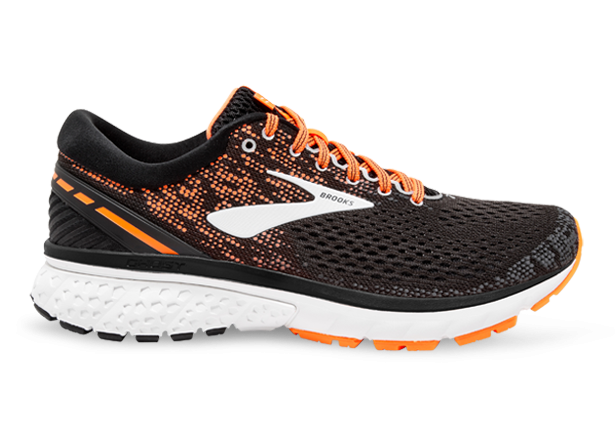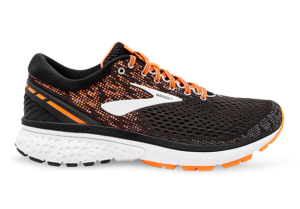
10 Jul When Do I need To Replace My Shoes?

As Podiatrists, we see many lower limb injuries and often, footwear has a roll to play. How do we know when to replace our shoes? Please note that we are talking about sports shoes here, not dress shoes!
Quite simply academics say that a shoe should be replaced between 500 – 750km. What we know is that every runner is different, from weight to foot strike and even running terrain which is why it is such a broad range in when academics suggest the shoe should be replaced.
I know that most runners will not keep an individual log on how many km’s that each shoe has run so we need to look for the tell-tale signs of when your shoes are past that sweet spot! So lets have a look at the signs that a shoe will show when they need to be replaced…
1. Wear patterns on your sole – This is the most obvious, however, because it’s on the bottom of the shoe, we sometimes tend to neglect this one. Is the grip on the sole of the shoe wearing down? If so the EVA (what the sole is made out of) will also be starting to lose its integrity at this stage through the forces of the activity that it has seen.
2. Wrinkles on your sole – On the side of your shoes, not on the sole is where the integrity of the sole will be shown most. If you are seeing wrinkles that run vertically around the middle part of the sole of your shoe, or worse yet on the outside, it definitely means you should be replacing these.
3. Twist Test – If you can grab your shoe at either end and twist it with ease, this is another sign you sole has worn down and lost its integrity.
4. Upper – Is the material part of the top of your shoe looking old and tatty, starting to lose its stitching or possible getting holes where your big toe pops sits, it shows that your shoes have had a good lifespan, and the shoe won’t be doing what it’s originally intended to do!
Obviously when you bought these shoes they would have been vastly different to after wearing them for a few hundred kms!! So if you’re unsure about any of these features go into your local shoe shop find the model of shoes you have and do a comparison between your old and new shoes!!
Author- Luke Doyle, Podiatrist, 2018



